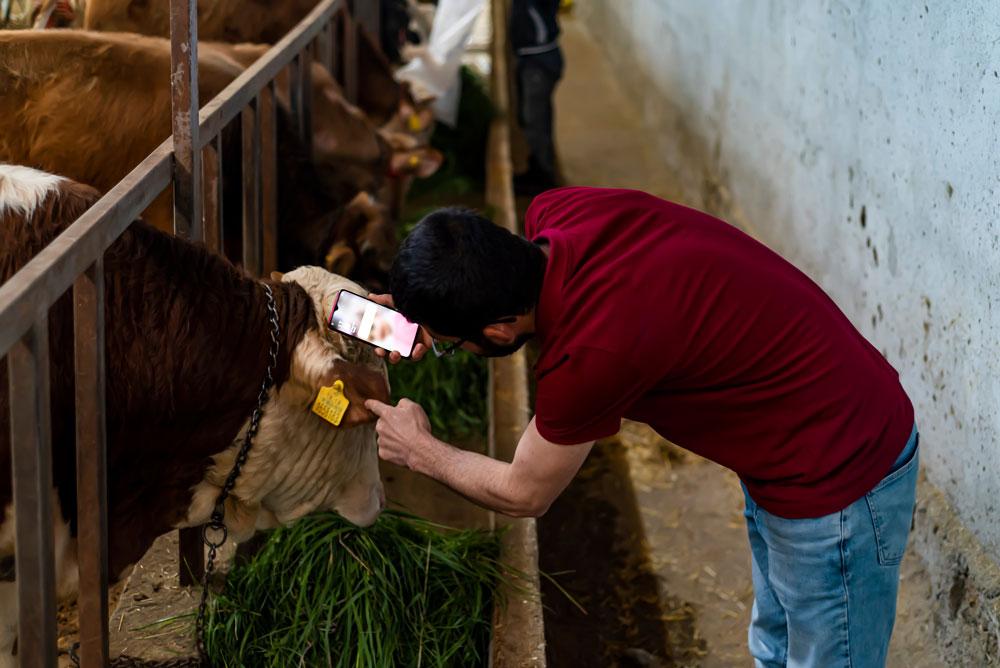The Department for Food and Rural Affairs (Defra) are to introduce changes on cattle identification, registration and reporting, which will see all cattle need to have Electric ID (EID) from birth, using low frequency (LF) technology.
From 2027, this will be mandatory, and it will mean that animals with EID eartags are able to be scanned when animals are moved, rather than a visual read and manual input of the tag number. Cattle will therefore be more easily and rigorously traced, which will increase the UK’s ability to prevent, detect, and respond to animal disease outbreaks, protecting farmers and the rural economy.
Defra’s changes to cattle identification will start from Summer 2026, and will also simplify regulations and support industry to boost productivity, food security, and international trade. There are plans to introduce a cattle movement reporting systems which will be easier to use for farmers, markets, abattoirs, and regulators, which will simplify existing regulations.
This follows a £200 million investment in the UK’s main research and laboratory testing facilities at Weybridge to bolster protection against animal disease, and the announcement that English livestock farmers can apply for a serious of free annual vet visits to check for diseases on their farms. This also comes after the UK government’s Cattle Identification Consultation 2023, which has been published today (2nd June 2025).
Biosecurity minister, Baroness Hayman said: “This is a significant milestone in modernising how we manage cattle health, welfare and traceability in England.
“These reforms trike the right balance in supporting farmers with clearer, simpler rules while helping the sector strengthen its productivity, resilience and global competitiveness.”

